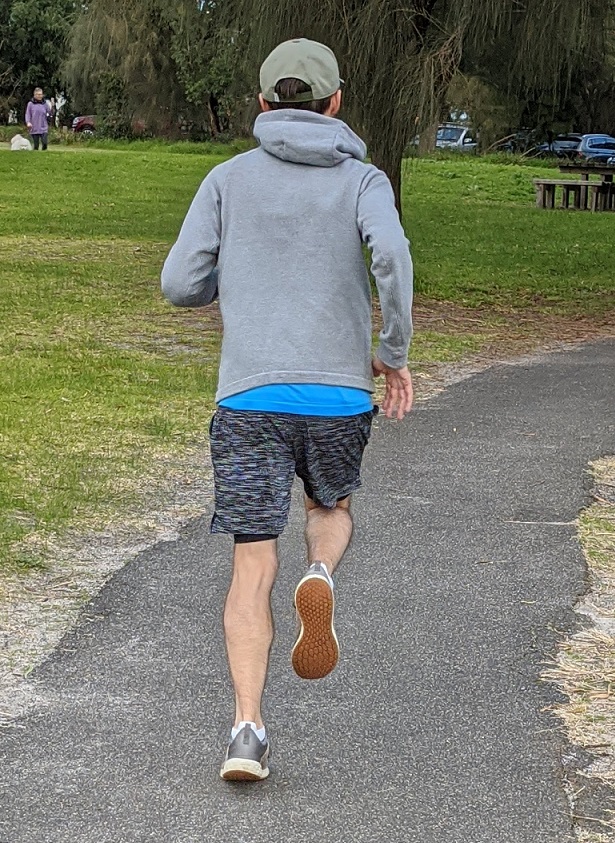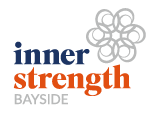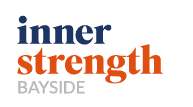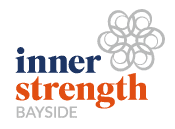Exercising during COVID
Have you started running or changed your exercise regime due to the COVID shutdowns?

Starting any new form of exercise can be challenging and if not done gradually it can cause injury. Overuse injuries or flare ups of old injuries (such as tendinopathies, joint pain and muscle strains) are commonly seen during the early stages of taking up a new form of exercise.
Factors that cause these types of injuries are:
- Incorrect footwear (size, fit, type)
- Poor technique
- Lack of warm up and cool down
- Poor load management – going too hard to quickly!
Tips to get you exercising safely:
- Ensure you have appropriate equipment and footwear that is the correct size and provides you with the required support to ensure ideal foot and lower limb alignment.
- Do not embark on a new exercise regime if you are carrying an injury without seeking advice from your physio or medical professional.
- Start small and gradually increase your load, distance and speed.
- Ensure to properly warm up and cool down.
What is involved in a proper warm up/ cool down?
An ideal warm up should take approximately 5 to 10mins and be targeting the specific muscle groups required for your type of exercise. The aim of a warm up is to gradually increase your heart rate and prepare your muscles for your session to help prevent injury.
Example of a running warm up:
- Brisk walking or slow jog
- Dynamic stretches: leg swings, lunges, calf pumps, mini single leg squats
- If you are going on a more strenuous run you may also want to include some running drills/ sprints An ideal cool down involves approximately 5 minutes of low-level cardio (e.g. walking, slow jogging, cycling) helps to gradually lower your heart rate. After this period would be an ideal time to complete some static stretches is required.
Do I really need to stretch?
While the evidence to support stretching is limited, there is a time and a place for stretching and it may be beneficial for you. It is important to incorporate dynamic stretching into your warm up and if you need to do static stretches due to an assessed muscle imbalance then it is best to do those following your cool down.
Things to note about stretching:
- Dynamic stretches are movements such as leg swings, hamstring curls and lunges that move your muscles through their range without overstretching.
- Static stretches must be held (no bouncing) for 20-30 seconds and should not be painful.
- Ensure to stretch both sides.
- Keep breathing! If you are experiencing any niggles or injuries or are having any issues after embarking on a new exercise regime, or just don’t quite know where to start, seek guidance from one of our physios to ensure you don’t overdo it and set you up with a plan to reach your health and fitness goals!
Written by Caitlin Collenette, Physiotherapist


